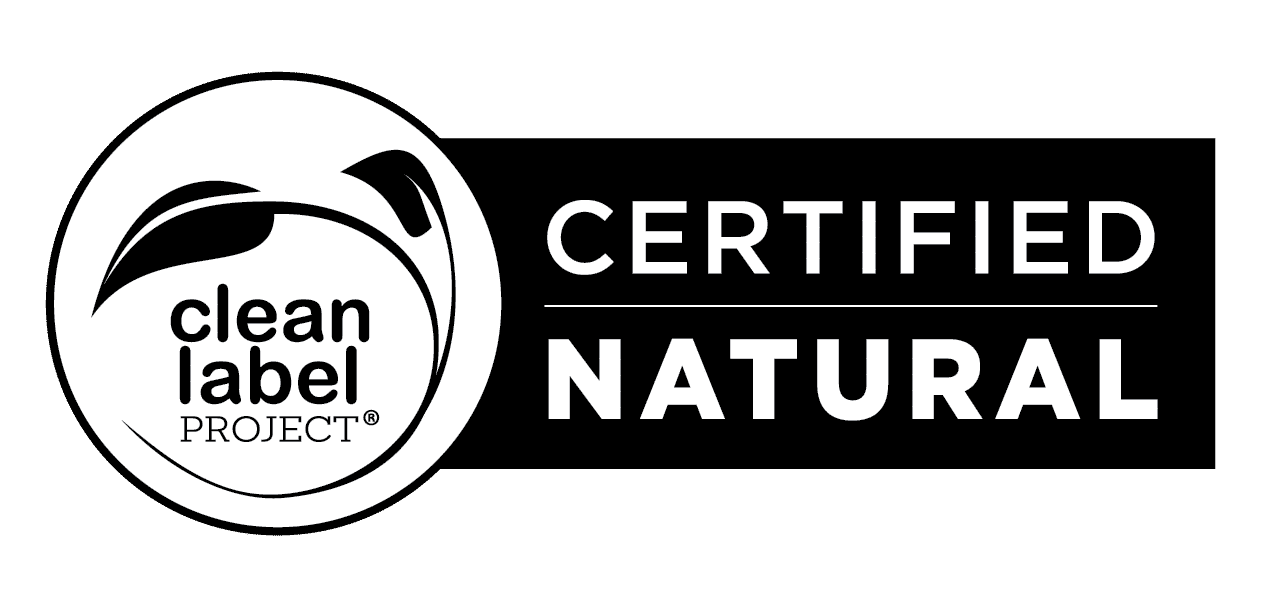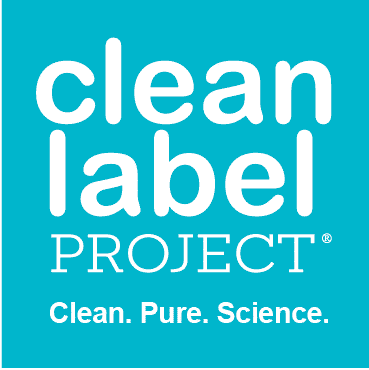Clean Label Project Announces the First Natural Wine Certification Standard in The United States

According to a study in Nature Plants, many of the most popular wine varietals sold today are extremely genetically similar to the wines that ancient Romans drank.1 Romans believed that wine was a daily necessity, so they made it available to slaves, peasants, woman and aristocrats alike. At the high point in the empire’s history of wine, experts estimate that a bottle of wine was being consumed each day for every citizen. But they weren’t stumbling around in a drunken wine stupor all day; the wine was weak, and the alcohol in it killed the bacteria in the unclean drinking water of the time.
So, are today’s natural wines consistent with the wines consumed during the Roman empire?
Not quite.
In ancient Rome, immediately after the grapes were harvested, they were stomped on, often by foot. The juice was placed in large terracotta pots (big enough to hold a man) lined with beeswax and buried to the neck in the ground. Often the pots were left open during fermentation before being sealed with clay or resin. The wine produced by these methods was robust and by today’s standards, quite unpalatable. That’s why ancient Romans mixed seawater with the wine before drinking it, making it taste more like a spiked punch (which, of course, reduced public intoxication). Honey was added to sweeten it and spices and medicinal herbs were used to bolster its medicinal qualities.
Fast froward two millennia and you see a very different natural and er…unnatural wine industry
Modern day commercial wine production is made in multi-thousand-liter vessel wine vats, use of oak staves, commercial yeasts and bacteria, and in some cases the spurned Mega Purple, a food additive that deepens the color of red wine. Meanwhile, the modern-day natural wine industry aims to embrace what mother nature intends- the use of hand-picked certified organic grapes, the exclusive use of indigenous yeasts, with added sulfites being expressly prohibited.
Within the wine industry there has been a recent emergence of private environmental standards, self-proclaimed ‘natural’ claims, as well as regulatory precedence through the French Ministry for Agriculture and the French Fraud Control Office’s new ‘vin méthode nature’. In each case, there is a consumer and industry desire to get back to more simplistic wine production. Using more art and flexibility with what nature yields as opposed to additives and chemicals to achieve a desired flavor profile match.
Clean Label Project’s new Natural Wine Certification aims to lay the foundation of a standard that defines what it means to be ‘Natural’, leaving no room for interpretation or over used and undefined marketing terms. In furthering our mission to bring truth and transparency to consumer-packaged goods, we have developed two tiers of Clean Label Project Natural Certification. The top tier, the Clean Label Project Natural Wine Certification seal, recognizes the best-practices utilized by modern day true natural wine trailblazers with requirements including but not limited to the exclusive use of organic grapes, indigenous yeasts, and minimal additives. The second tier, the Clean Label Project Natural Path Certification wine seal, recognizes wineries that utilize elements of traditional natural wine production while allowing for some modern wine production techniques including but not limited to the exclusive use of certified organic or glyphosate and neonicotinoid-free grapes, allowance of minimal cultured bacteria, and minimal use of added sulfites for shelf-life. Clean Label Project Code of Practice: Natural Wine also has requirements that embrace Clean Label Project’s consumer-compliance philosophy- unannounced sampling, unannounced testing, and unannounced audits- just to make sure that brands stay true to their word.
Join us in raising a glass to Clean Label Project Natural and Natural Path wine production and to the future of truth and transparency in the wine industry.
2 https://www.cbc.ca/natureofthings/features/what-does-a-two-thousand-year-old-wine-taste-like
